We love hearing about the great work being done by HCTF grant recipients, and really enjoy when project leaders send us photos of the animals, activities and people that are part of their projects. Here are some of our favourite images submitted during the recent reporting intake:
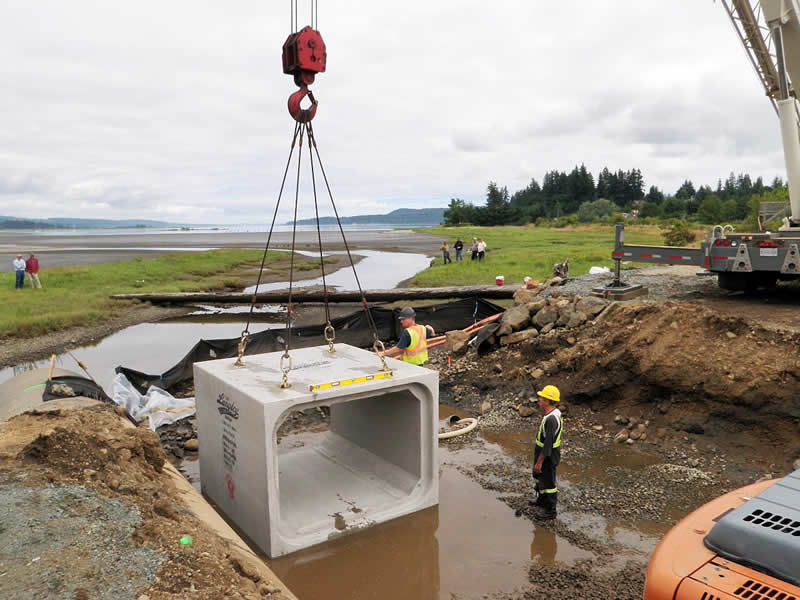
Working for Wetlands
A team replaces a water control structure at Fanny Bay on Vancouver Island. This was one of five sites having its water control structure refurbished or replaced as part of the 2014-15 Wetland Partnership Program led by Ducks Unlimited Canada. The work on these water control structures will benefit approximately 283 wetland hectares.

Family Time
Dad and daughter enjoy some outdoor time with the Prince George Young Naturalists Club (YNC). YNC is a outdoor discovery and environmental action program that encourages young people ages 5-12 to learn about nearby nature, building the next generation of outdoor enthusiasts and lifelong environmental stewards. Photo: YNC Prince George
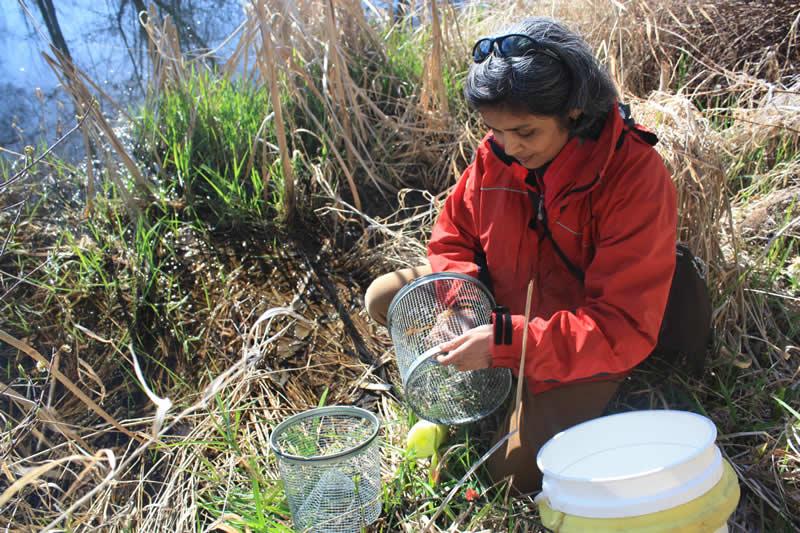
Amphibian Monitoring
Biologist Purnima Govindarajulu checks a live trap for amphibians as part of a monitoring program on Blackburn Nature Reserve, led by the Salt Spring Island Conservancy (Project 1-490, Conservation and Restoration of Priority Wildlife Habitat on Salt Spring Island). Photo: Laura Matthias

Seed Collection
A volunteer with the Salt Spring Island Conservancy collects plant seeds to be used in restoring native vegetation to newly constructed wetland sites. Photo: Laura Matthias
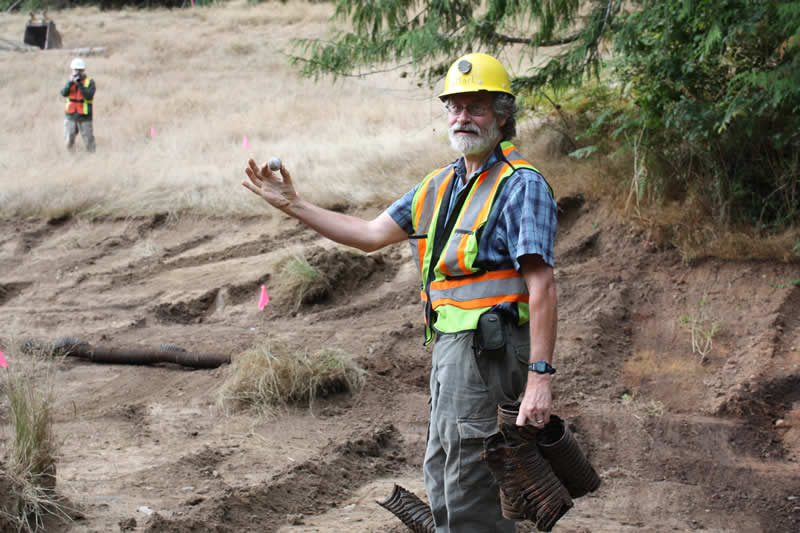
Long Lost Ball
A volunteer unearths a golf ball from Blackburn Lake Nature Reserve. The former golf course site being restored as part of a project led by the Salt Spring Island Conservancy. Photo: Laura Matthias
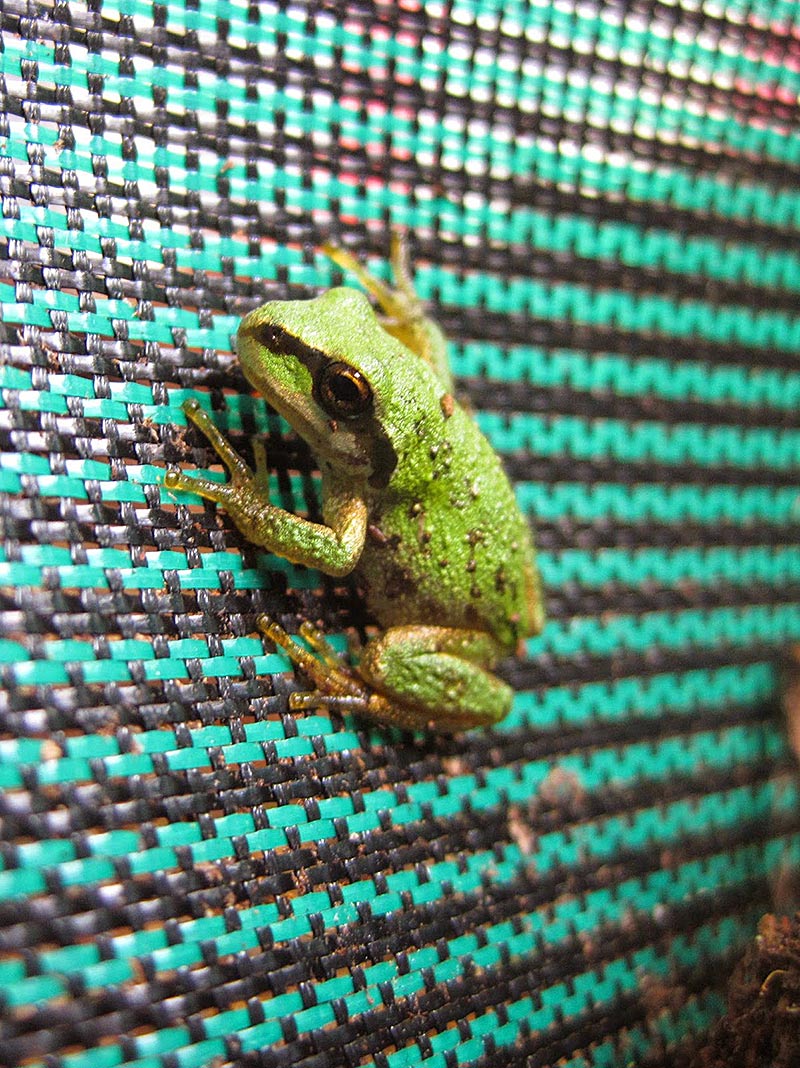
Climbing the Walls
This little Pacific Treefrog is part of a trial to see see which fencing material options would best direct our local species towards culverts specially designed to reduce amphibian road fatalities. Project leader Barb Beasley and her team chose four different types of materials that have been used for similar purposes in other places in Canada. The team tested to see whether our local species – Northern Red-legged Frogs, Northern Pacific Treefrogs, Northwestern Salamanders and Rough-skinned Newts could be contained within fence enclosures made of each material. You can read about the results of their trial here.
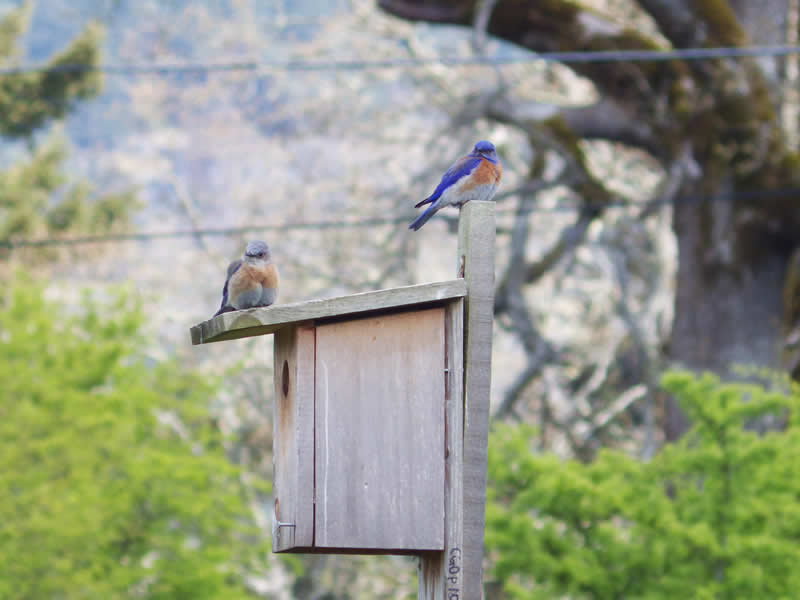
Back to the Nest
A pair of Western Bluebirds originally fledged as part of the Georgia Depression Western Bluebird Reintroduction Project return to a nestbox at the Cowichan Garry Oak Preserve. This spring’s surveys recorded 18 returned bluebirds, consisting of both translocated and island-hatched individuals of multiple generations — the greatest accomplishment of the recovery effort to date! You can read the latest news about this project on the Garry Oak Ecosystem Recovery Team’s website.

Urban Restoration
Members of the City of Surrey Salmon Habitat Restoration Program (SHaRP) release chum salmon fry into Bear Creek. SHaRP promotes watershed stewardship and performs habitat enhancement within Surrey through outreach programs and restoration work to improve fish habitat. The program also provides youth with career-orientated experience in stewardship practices and community involvement.

Farmland Habitat
This gorgeous photo of a Short-eared owl soaring over Delta farmland was submitted to us by the Delta Farmland and Wildlife Trust. Their long-running project improves habitat values for waterfowl and raptors on farmland in Delta, BC, establishing on average over 500 acres of grassland set-asides, 3,000 acres of winter cover crops, and over 12 km of hedgerows & grass margins annually. Photo: Hank Tseng

The Ultimate Tree House?
This worker is constructing a nesting platform as part of project 2-551, Nest Site Creation of Bald Eagles in Urban Vancouver Estuaries. This platform is located in the MacKay estuary, which was recently restored as part of the Burrard Inlet Restoration Pilot Program.






